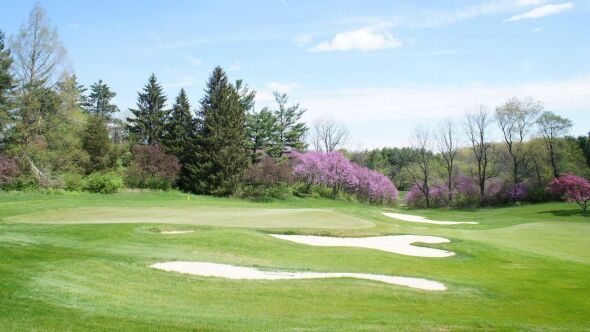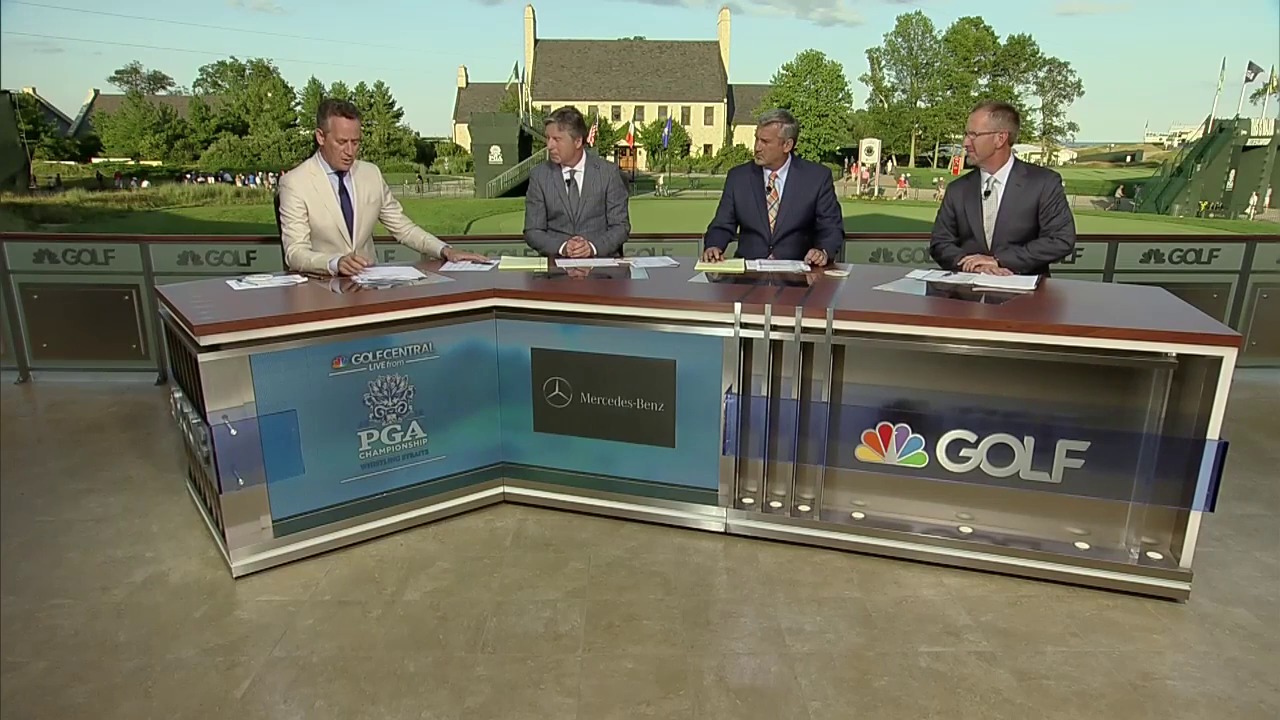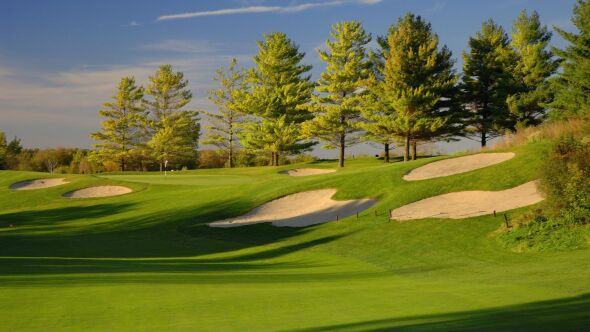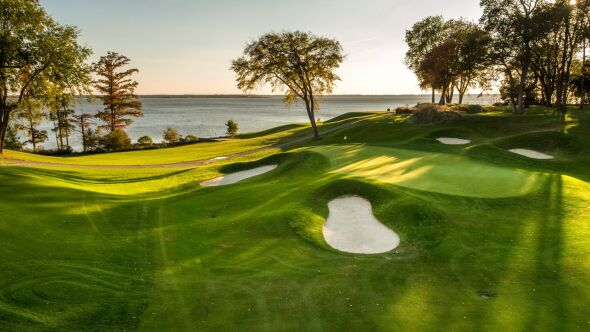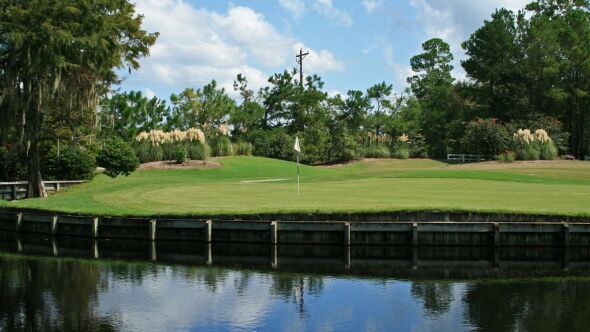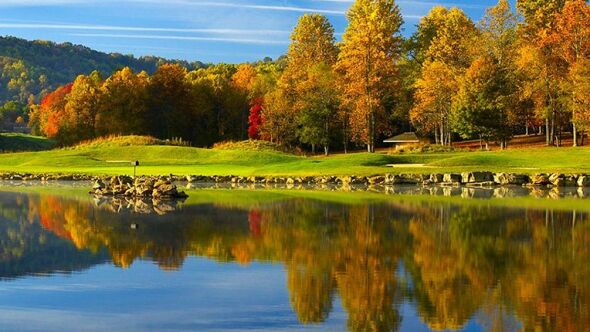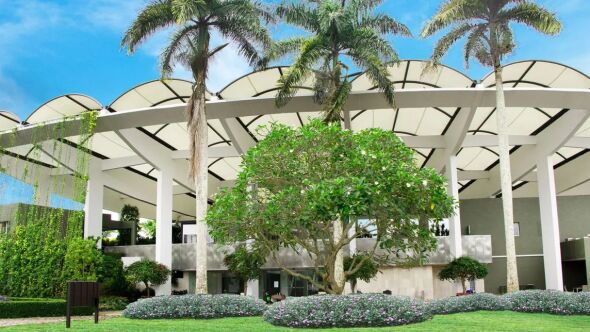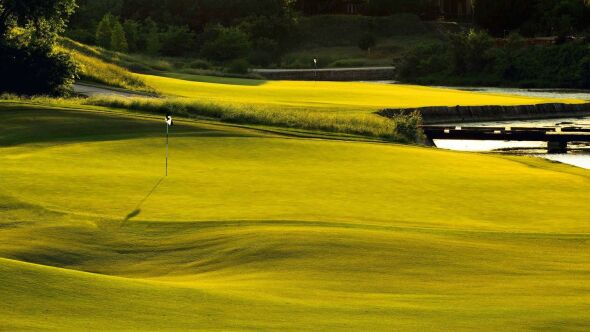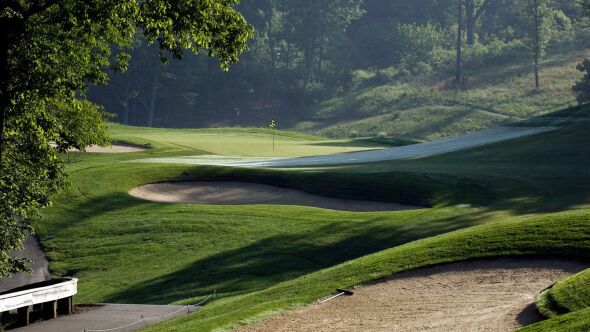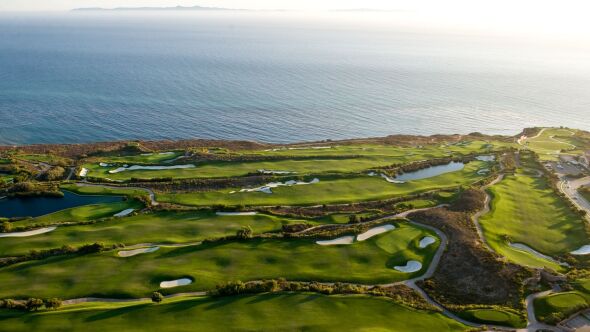- Born
- Dec 29, 1925
- In
- Urbana, Ohio, USA
- Died
- Jan 09, 2020
About
You're ready to watch!
You can now enjoy GolfPass videos and more.
Remembering Pete Dye: Unconventional, extraordinary, genius
Pete Dye is widely considered to be the most influential American golf course architect of the second half of the 20th century, having guided the early design careers of Bill Coore, Tom Doak, Tim Liddy, Bobby Weed, Jim Harbottle, Jim Urbina, and numerous others.
At the same time, Dye himself was profoundly influenced by Donald Ross, Scottish links designs, and his wife, Alice Dye. Both Pete and Alice were elite players in their youths, and brought their competitive experiences to their designs. Pete is famous for feeling his way around properties, rarely if ever drawing up any designs, but rather shaping the features and contours himself, with chainsaws, shovels, and bulldozers. This approach has resulted in some of the most iconic holes in American golf, including the famed "island green" of the 17th hole of the Stadium Course at TPC Sawgrass in Florida.
Hallmarks of Dye designs include smallish, well contoured greens, short yet devious par 4s, bunkers and green complexes revetted with railroad ties, and visual intimidation.
Dye's earliest courses in the 1960s, such at Harbour Town Golf Links, placed a premium on precision, hewing to a "target golf" philosophy. More recent designs, including Whistling Straits at The American Club in Kohler, Wisconsin, and the Dye Course at French Lick Resort in French Lick, Indiana, are more expansive, granting more freedom off the tee but requiring imagination and daring to navigate one's way to the green, depending on the route that is determined by the position and length of the drive.
Pete Dye: selected golf course designs
Alice Dye's influence permeates all of the Dye designs, however, with equal attention devoted to forward tees so that even the most challenging courses can be played, and enjoyed, by golfers of all levels.
Perhaps more than any golf course architect, Pete Dye has shown a talent for creating brilliant golf courses out of diverse landscapes. Whistling Straits is situated on what was originally a dead-flat plot of land on the shore of Lake Michigan. Dye used more than 13,100 truckloads of sand to create a heaving, roiling dunescape replete with some 500 bunkers that look like they were carved by eons of lake winds. Contrast those man-made links with the Ocean Course on Kiawah Island, S.C., where Dye's routing weaves back and forth naturally through saltwater marshes. In Indianapolis, Brickyard Crossing Golf Club includes four holes actually inside the iconic Indianapolis Motor Speedway.
Whether you love it or loathe it, you'll never play a Dye course and say you can't remember it.
3 Min Read
January 9, 2020
Dye, 94, leaves a lasting impact on the game and its courses.
Pete and Alice Dye videos
You're ready to watch!
You can now enjoy GolfPass videos and more.
Further reading on Pete Dye:
- The genius who loathed plans [PGA Tour]
- Pete Dye's final chapter [Golf Digest]
- Pete Dye's legacy and impact on Michigan Golf [Michigan Golf Journal]
Pete Dye Designed Courses Map
Pete Dye Designed Courses
-
-
West Lafayette, IndianaPublic
-
-
-
-
-
-
-
-
North Myrtle Beach, South CarolinaSemi-Private/Resort
-
-
-
-
-
Roatan, Bay IslandsResort
-
-
-
-
-
-
-
-
-
-
-
-
-
-
-
-
-
-
-
-
-
-
-
-
-
-
-
-
-
-
-
-
-
-
-
-
-
-
-
-
-
-
-
-
-
-
-
-
-
-
-
-
-
Hilton Head Island, South CarolinaResort
-
-
Hilton Head Island, South CarolinaResort
-
-
-
-
-
-
-
West Lafayette, IndianaPublic
-
-
-
-
-
-
-
-
-
-
-
-
-
-
-
-
-
-
-
-
-
-
-
-
-
-
-
-
-
Farmington, PennsylvaniaResort
-
Farmington, PennsylvaniaResort
-
-
-
-
-
-
-
-
-
-
-
-
Rancho Mirage, CaliforniaPrivate
-
-
-
-
-
-
-
La Quinta, CaliforniaSemi-Private/Resort
-
-
-
-
-
-
-
-
-
-
-
-
-
-
-
Hilton Head Island, South CarolinaResort
-
-
-
-
-
-
-
-
-
-
-
-
Las Vegas, NevadaResort
-
-
-
-
-
-
-
-
-
-
-
-
-
-
-
Zionsville, IndianaSemi-Private/Resort
-
Zionsville, IndianaSemi-Private/Resort
-
Colorado Springs, ColoradoPrivate/Resort
-
-
-
-
-
-
-
-
-
-
Kiawah Island, South CarolinaResort
-
-
-
-
-
-
-
-
-
-
Ponte Vedra Beach, FloridaResort
-
-
-
-
-
-
-
-
Rancho Mirage, CaliforniaResort/Public
-
-
-
-



















